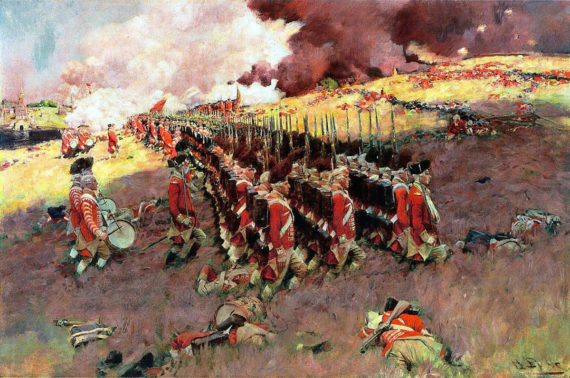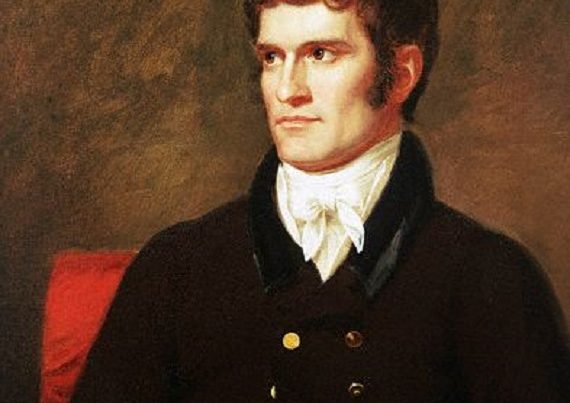Let us imagine for a moment that the French army and fleet were not present at Yorktown to augment Washington’s army, and that the British prevailed in their war to suppress the rebellion of their subjects populating the American colonies below Canada. As the victorious redcoats swarmed through those colonies they arrested and imprisoned rebel leadership including Jefferson, Washington, Franklin, Hamilton, Madison, et al. All were sure they would swing from sturdy tree limbs for their part in a Lost Cause.
Though the outcry from American Loyalists demanded the execution of rebel leaders, the King decided to not create martyrs and mercifully allowed them to lead peaceful lives after taking a new oath of fealty to the Crown. They would be treated as second-class subjects and forever viewed with suspicion as former rebels.
The official history of that civil war was then written which proclaimed that the rebels fought in defense of African slavery — in short, that the American Revolution was fought to perpetuate slavery and the King fought for the freedom of the black race. Willing court historians suppressed Britain’s deep involvement in the slave trade, and later gate keepers of orthodoxy maintained the fiction to avoid official censure and loss of position.
It is remembered that on November 7, 1775, Royal Governor of Virginia, Lord Dunmore (John Murray), issued his emancipation proclamation in Norfolk announcing that all able-bodied, male slaves in Virginia who abandoned their masters and took up arms for the King would be free . . . “Negroes and others (appertaining to Rebels) free, that are able to bear arms, they joining his Majesty’s Troops as soon as may be, for the more speedily reducing this Colony to a proper sense of duty to His Majesty’s crown and dignity . . .”
A rebel newspaper correspondent wrote: “Hell itself could not have vomited anything more black than this design of emancipating our slaves.” The proclamation deemed anyone opposing the proclamation as “defending slavery.”
Lord Dunmore afterward was hailed throughout the world as the Great Emancipator and savior of the black race, and that had he not freed the bondsmen from the slave holding colonies from Massachusetts to Georgia, chattel slavery would have continued forever.
The irony of this official history was not lost on those who had witnessed the populating of the American colonies and how the official Royal African Company (RAC) brought slave ship after slave ship to work the plantations that enriched the British Empire. The RAC was established in 1660 by the Stuart family and London merchants, for the purpose of trading along the west coast of Africa – especially for slaves. It was led by the Duke of York (for whom New York City is named), the brother of Charles II.
Additionally, the maritime colonies of Rhode Island and Massachusetts surreptitiously engaged in slaving, with the former colony surpassing Liverpool in 1750 as the center of the lucrative transatlantic slave trade. Thus New England’s maritime ventures and its competition with England was greatly to blame for sparking the rebellion.
Although the British were certainly responsible (along with the Portuguese, French and Spanish) for the presence of African slaves in North America, they were victorious in that civil war and wrote the official histories of the rebellion. Subsequently, all British universities, newspapers and books were in unison denouncing the American rebels as racist white supremacists who refused the black man equality, and any monuments to their dead were simply evidence of glorifying and romanticizing a Lost Cause. Imagine.







